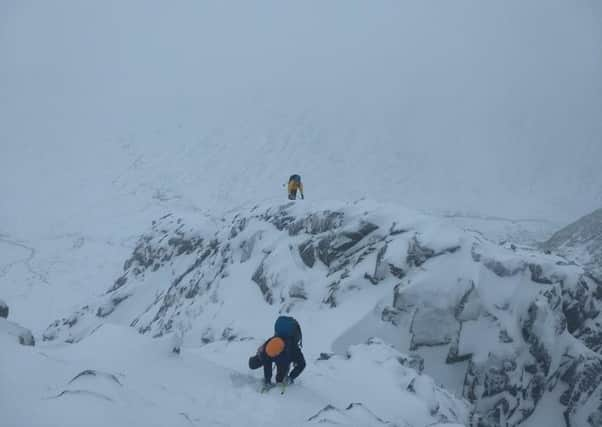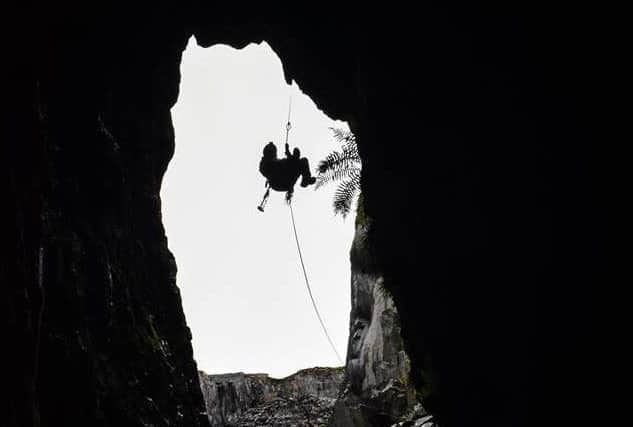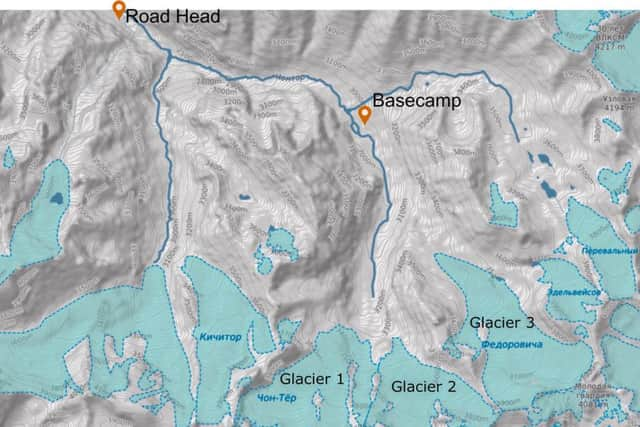Students from Sheffield visit unexplored region


The team will travel to this nomadic under-explored region in a bid to understand how glaciers are currently changing and have changed over the past 1,000 years.
All team members are Sheffield based and currently studying undergraduate degrees at the University of Sheffield. We hope to promote scientific exploration within the university, as when we visited the Royal Geographic Society in London they where surprised to hear of a team from this city, as most expeditions traditionally come from Oxbridge Colleges.


Advertisement
Hide AdAdvertisement
Hide AdThe region we will be visiting is extremely understudied. Although this made it difficult to find work for us to build on, we are excited to travel to a region that little is known about. We have been in contact with a number of university’s in Kyrgyzstan and they all seem just as interested in the results of the expedition as we are, so we are really confident that our studies will produce something that is original and useful to science and will hopefully give a reason for other groups to return to this area to further add to the bank of knowledge.
Not only will this expedition be looking into new science, it will also provide important information for Kyrgyz populations dependent on glacial melt water for irrigation.
The team currently consists of five members and each team member will play a different role on the expedition, from dealing with food (mostly boil in the bag), managing communications, providing first aid, as well as focusing on their own research goals. The team will quantify total melt over the 2018 melt season as well as produce 3D maps though the use of drone based photography.
We are also building links with the American University of Central Asia. This university has recently started a scheme that helps to get young Kyrgyz people out into wilderness areas to help promote sustainable development for future generations. We hope to support this project by inviting a team of students from the American University of Central Asia out to the base camp to demonstrate field techniques, in addition to understanding each others cultures.


Advertisement
Hide AdAdvertisement
Hide AdAs far as we are aware this is currently a first for the University of Sheffield, as no undergraduates have ever travelled out to research this region before. The area we’ll be travelling in is a region in the North of Kyrgyzstan called the Ala Archa National Park. It’s a region of high mountains, the highest peak being the 4,895m Pik Semonva Tian-Shanski – the range itself is part of the Himalayan Massif.
An aspect that we’re particularly excited about is our collaboration with AUCA and assisting with their Environmental Leadership Project (ELP). This project was started by a Nathen Fry, a former US Soldier, whose trips though mountainous Kyrgyzstan en-route to Afganistan inspired him to return. The ELP has really grown and it hopes to inspire sustainable development in the region by getting young students out into the Kyrgyz wilderness.
The team of five will aim to determine how the glaciers in the region are responding to changing climate, using a variety of methods: We will work out day to day rates of melt using ‘ablation stakes’, these are effectively poles stuck into the ice from which rates of surface melt can be measured. We will also measure stream flow to get an idea of how glacier melt changes throughout each day. We also hope to be the first to map where the glaciers would have been when they where at their largest a few thousand years ago. I am carrying out a dissertation to understand current rates of melt in the Ala-Too range during the 2018 ablation season; this will provide an understanding of ablation on a diurnal basis.
Another member of the team, Sam Gillan, aims to investigate the rates of glacial retreat for two of the largest glaciers in the valley up to the centennial scale.